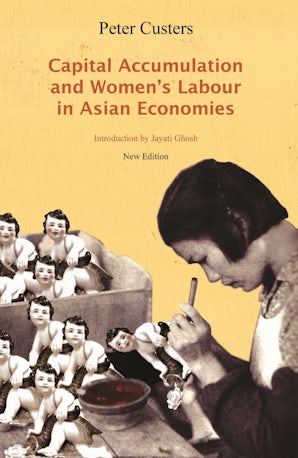Also in this issue
- The New Imperialism of Globalized Monopoly-Finance Capital: An Introduction
- Contemporary Imperialism
- Behind the Veil of Globalization
- Imperialism and the Transformation of Values into Prices
- Imperialism in the Era of Globalization
- Imperialism in the Twenty-First Century
- Imperialism and Anti-Imperialism in Africa
- Imperialism's Health Component
- Resisting the Imperial Order and Building an Alternative Future in Medicine and Public Health
- The New Stage of Globalization
Books by Jayati Ghosh
Capital Accumulation and Women's Labor in Asian Economies
by Peter Custers
Introduction by Jayati Ghosh


